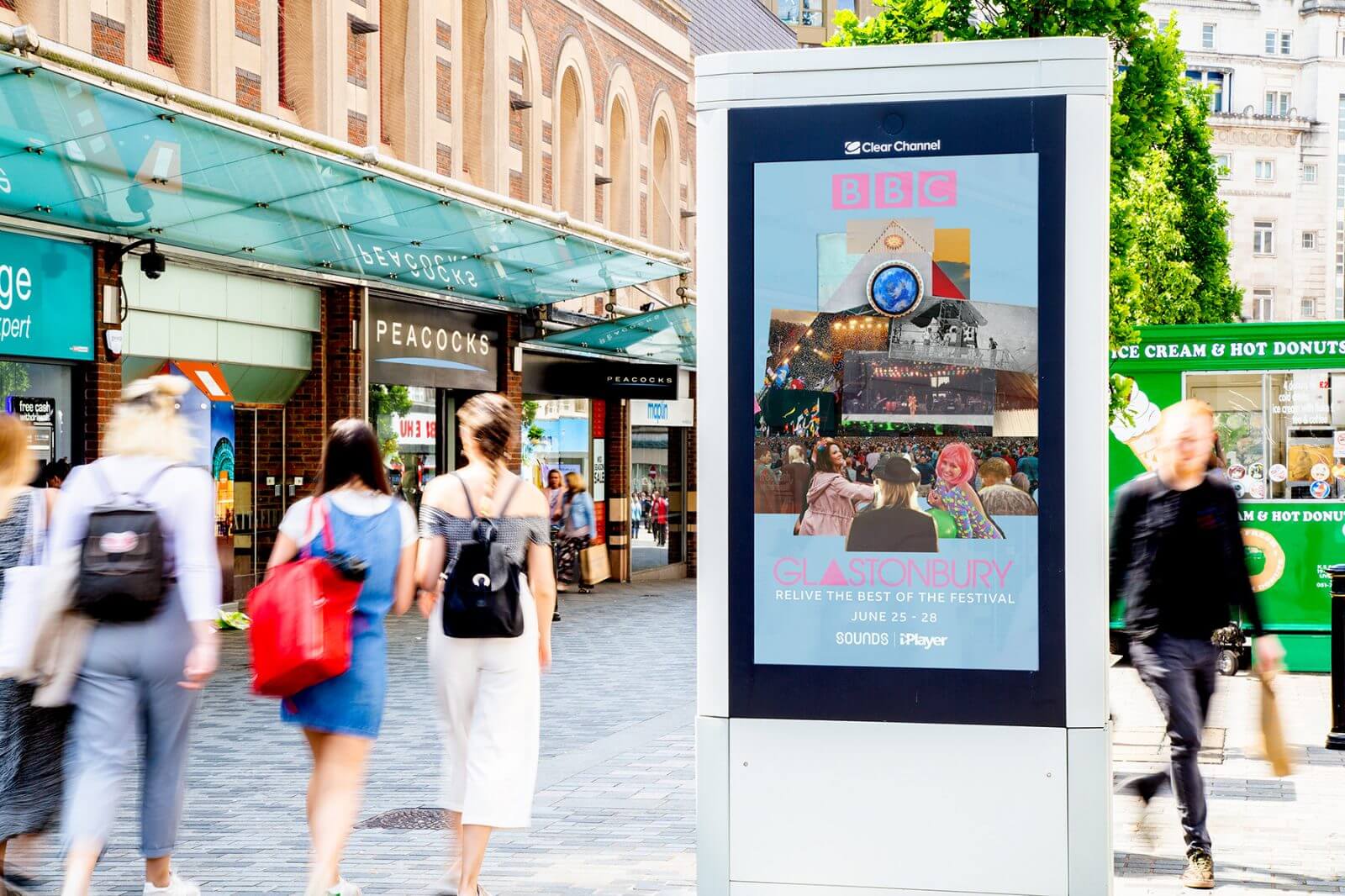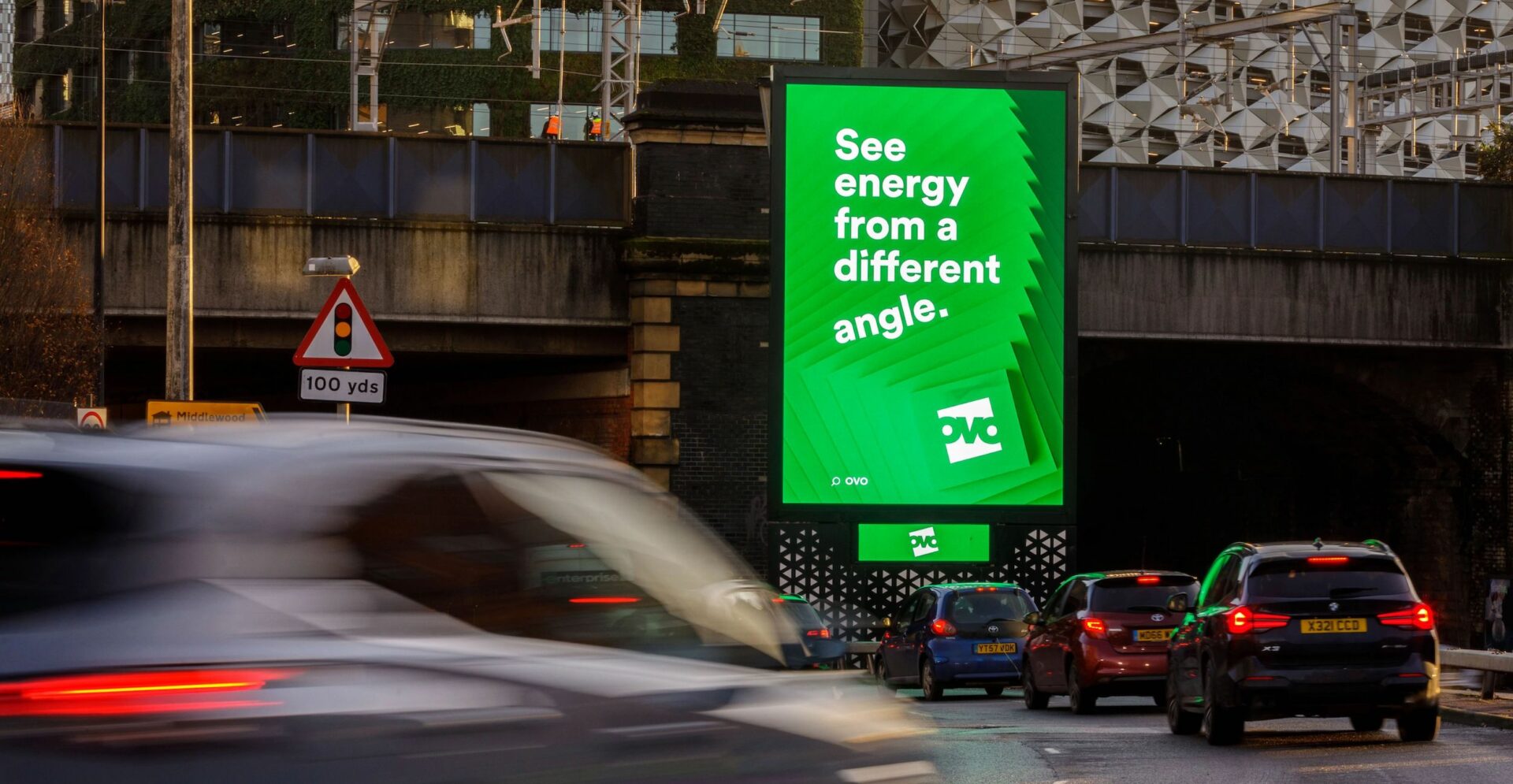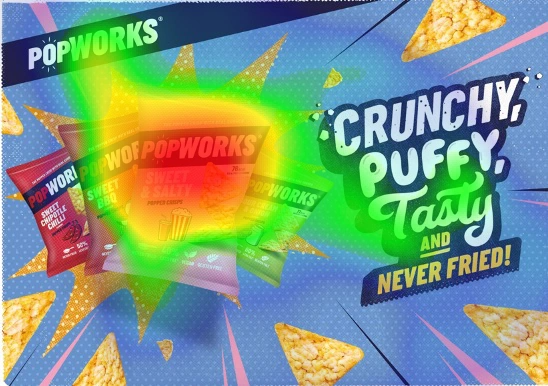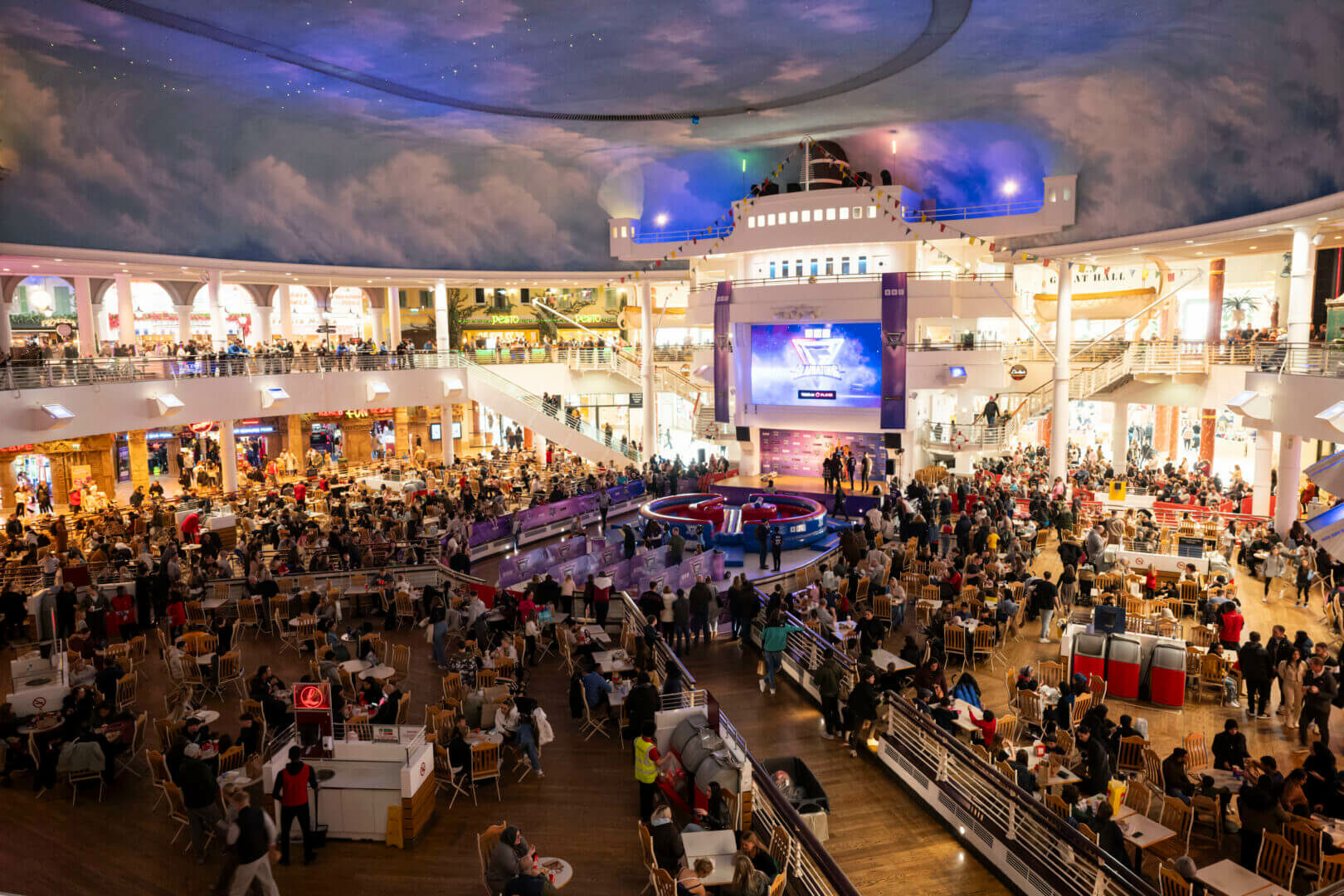When Audiences Adapt, So Must Technology
This article first appeared in AdTech Daily on 7th July 2020.
Since the 23rd March, our world has changed significantly. The Government imposed lockdown has had a profound effect on our everyday lives. Well before these restrictions were due to come into force, our data analytics team were already evaluating the far-reaching implications of Covid-19 and its potential effects on OOH audiences and behaviours.
Since the introduction of lockdown measures, consumer habits have changed considerably, hence the need for detailed and easily accessible information about OOH audiences. This level of behavioural insight is imperative for OOH advertisers in order to make informed decisions during this time of constant change.
How we repurposed Ada to track new audience trends
Ada is built for agility, so adapting the product to support an entirely new set of relevant, timely and insightful data tailored to the OOH industry is just part of its ongoing evolution. To map the trajectory of changes caused by the COVID-19 outbreak, Talon channelled their innovative culture to repurpose the Ada data lake and map out daily journeys and movements across key UK environments. New travel patterns were being established daily and where these new journeys lead to needed to be identified to enable clients to maximise their advertising opportunities.
To identify new movements, we created a Population Density Heat Map that leverages postcode level data to enable more granular OOH planning. The map shows that journeys became more local and suburban at the end of March and city centres emptied out. These insights have been used to develop tailored investment packs that are optimised right down to postcode level, allowing clients to reach audiences whilst movement is altered during lockdown.
We also analysed “Home Dwell” data to quantify the average number of hours the UK population spend at home each day. This has been particularly insightful since the easing of the lockdown measures. Allowing us to observe the effect on people and whether they feel confident enough to leave their homes and starting to resume “normal” behaviours.
As people begin to spend more time outside and more shops reopen across the country, we are observing a notable rise in traffic levels. Nationwide exposure to Roadside OOH is now only -20% below the standard baseline and is already back to normal in some regions such as the South West. However, with many restaurants and attractions remaining closed in city centres, the week on week increase in exposures tend to be concentrated within local communities.
Ada has been pivotal to understanding how people’s travel and location behaviours have changed over time. The key to our measurement is showing this data both prior to lockdown and tracking it as we now begin to emerge on the other side. We will be able to pinpoint exactly when people do move back to more central locations and begin to return to places of work, providing our clients with a clear direction on how to target these returning markets. These insights, alongside others, are published weekly (at no charge) to the entire industry via a newly built dashboard.
How Brands should use this data in their return to OOH
The profound impact of the Coronavirus pandemic on all areas of our lives has meant that the OOH industry is facing its biggest challenge yet. There is a new “normal” post Covid-19 and the same behaviours seen in previous years are no longer relevant. As challenging as this may seem, the ability to modify and adapt Ada and evolve our data reporting means that advertisers can still execute intelligent, data-led, optimised OOH media campaigns and maximise their media spend. Something that would be difficult, if not impossible to do if technology was not an integral part of our business.
Advertisers now need to consider not only how to come back, but how to adapt their strategies to reflect these different consumer behaviours. Understanding these behaviours will be essential for delivering effective OOH planning, advertisers can no longer simply reuse the same strategies that were in place pre Covid-19. As people begin to spend more time out of home, they are also more likely to stay local and suburban. Recovery around community will be the focus, and the ability to be light footed and able to adapt quickly means that advertisers can still book OOH campaigns with confidence and successfully re-connect with audiences as they return to the great outdoors.
By Sophie Pemberton, Group Strategy Director & Charlotte McDougall, Audience Planning Manager




